
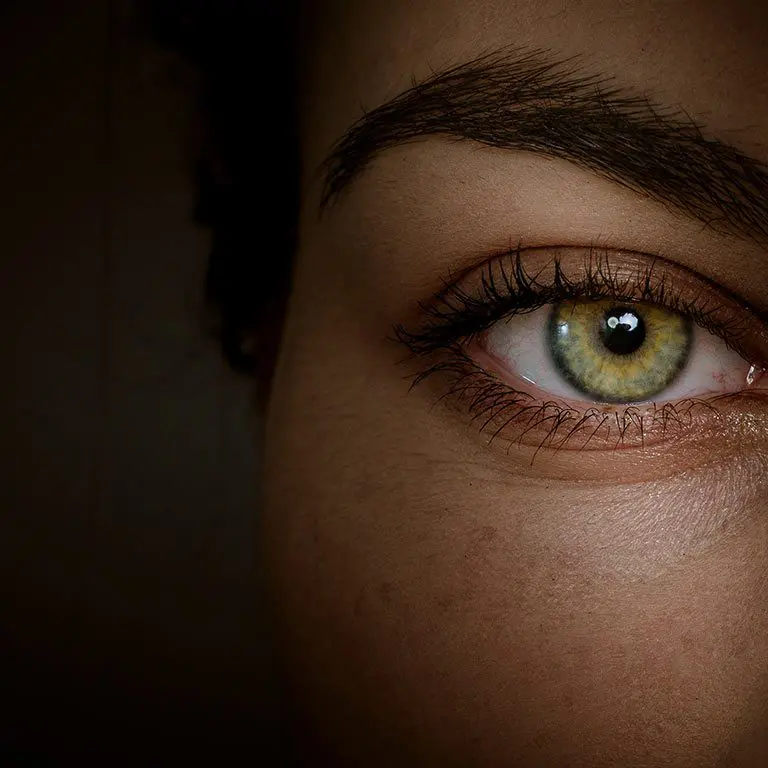



A retinal tear describes a break in the neurosensory retina at the back of the eye. It is not associated with pain as in the case of a muscle tear, but it does require urgent medical attention. A retinal hole is a sign of progressive thinning of the retina and generally carries less risk of visual loss compared to a tear. However, both presentations require careful assessment from an Ophthalmologist. Laser Vision has clinical teams in Surrey, Hampshire and London, and are equipped to investigate and manage retinal tears and holes routinely.
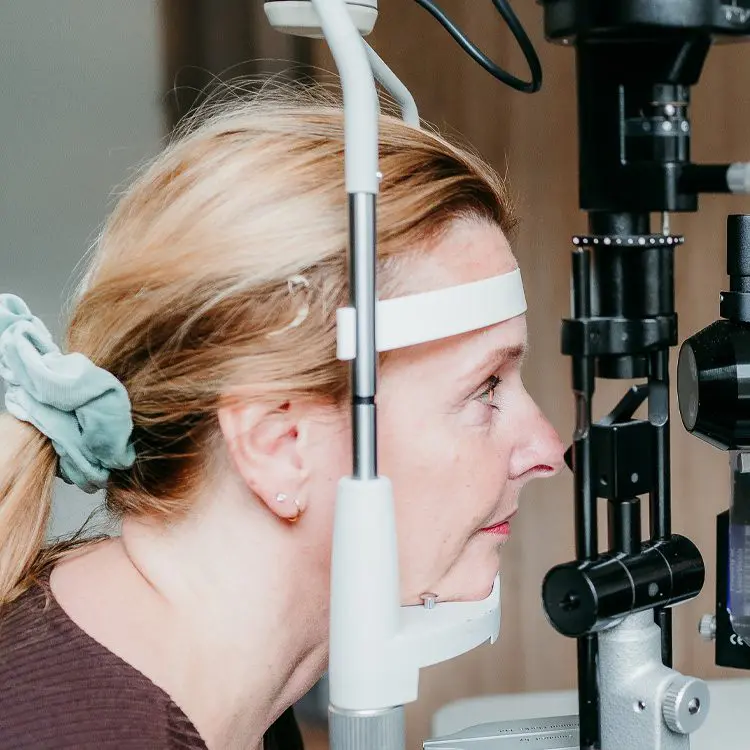
What are the Symptoms?
What are the Causes?
A retinal tear or hole occurs when the vitreous body separates itself from the retina in an age-related process known as Posterior Vitreous Detachment (or PVD). The traction imparted on the delicate retinal tissue during this event can cause a microscopic break.
Clinical research highlights that the appearance of lattice degeneration (a localised thinning) in the retina increases the risk of retinal tear formation. Our clinical team will screen for these defects which are also more commonly found in highly myopic (shortsighted) eyes.
Trauma or injury can also damage the retinal tissue at the back of the eye. Metal released during welding can travel with sufficient energy to breach the ocular surface and impact the back of the eye. Safety protection should be worn at all times whilst performing this kind of task.
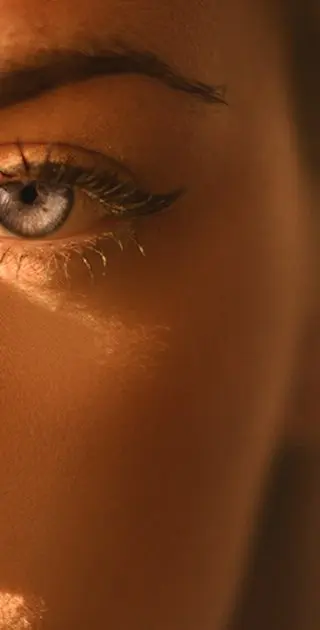
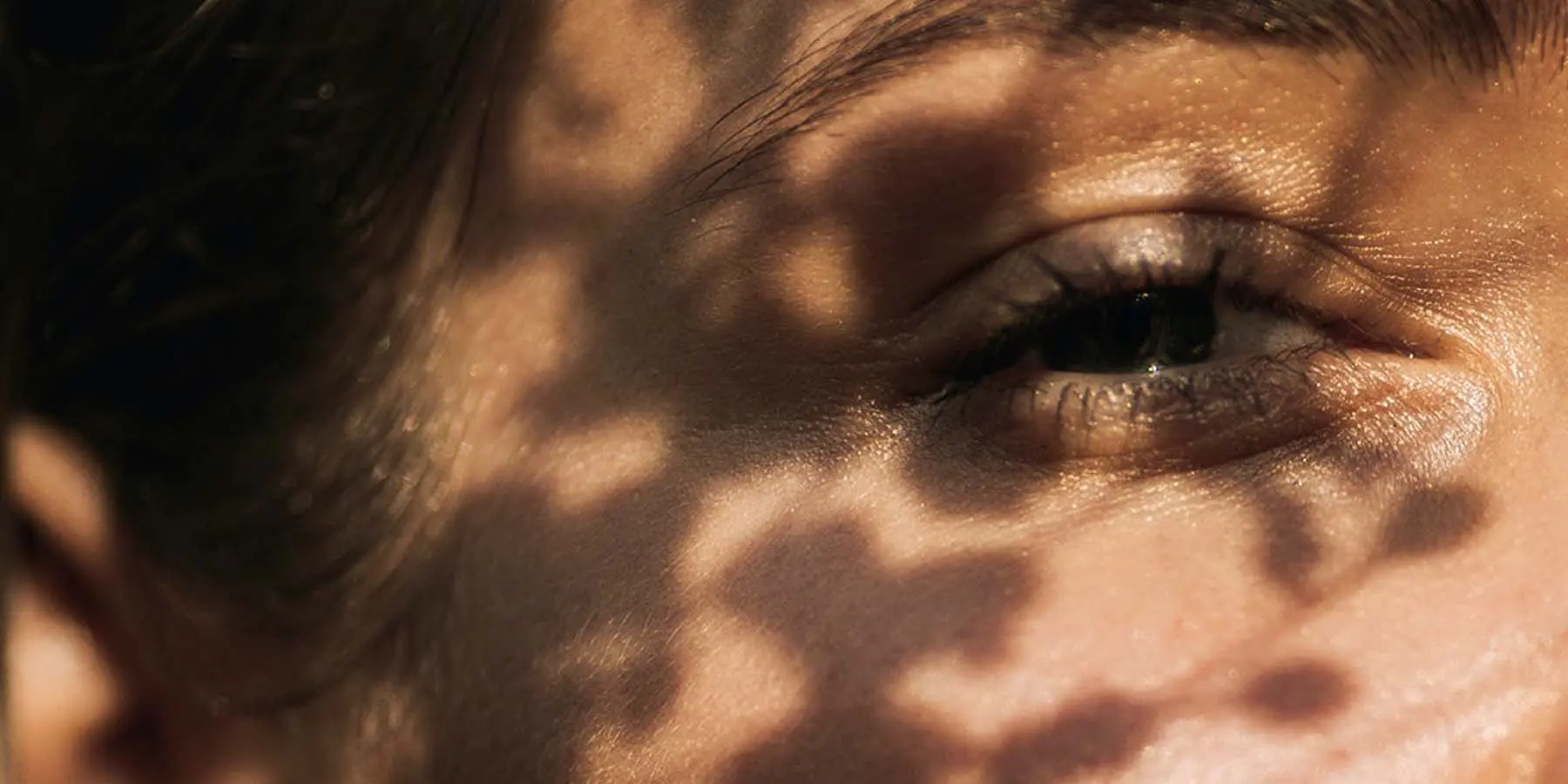
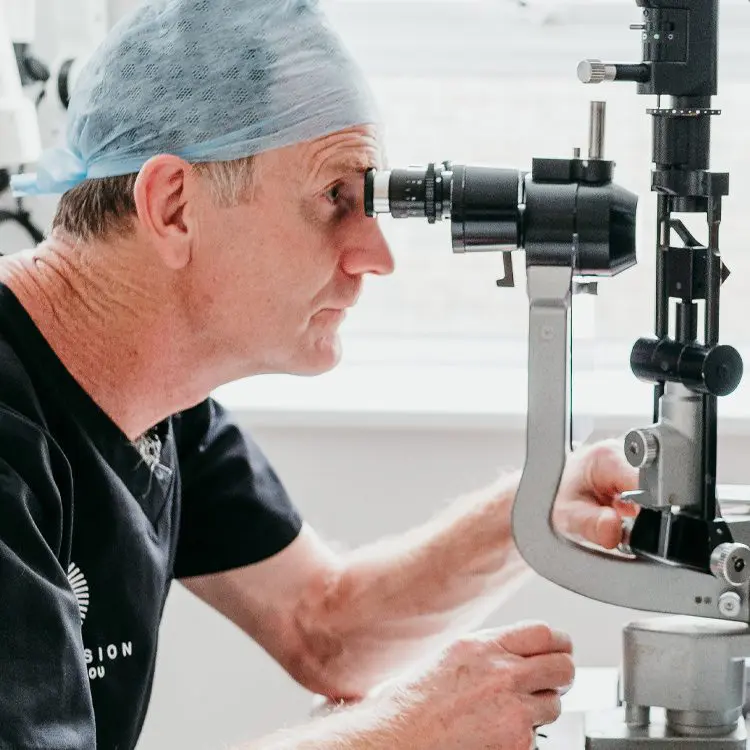
What is the Diagnosis?
Some retinal holes simply require routine observation with dilated retinal examination and imaging. Laser Vision medical retina surgeon, Lavnish Joshi is experienced in the management of these retinal defects. Many discrete retinal holes will not require treatment but retinal tears pose a more significant risk of retinal detachment. Lavnish Joshi uses specialist laser surgery known as retinopexy to seal the retina by carefully spotting the laser around the tear. This forms a scar which will act as a barrier around the perimeter of the tear to prevent the retina from detaching.
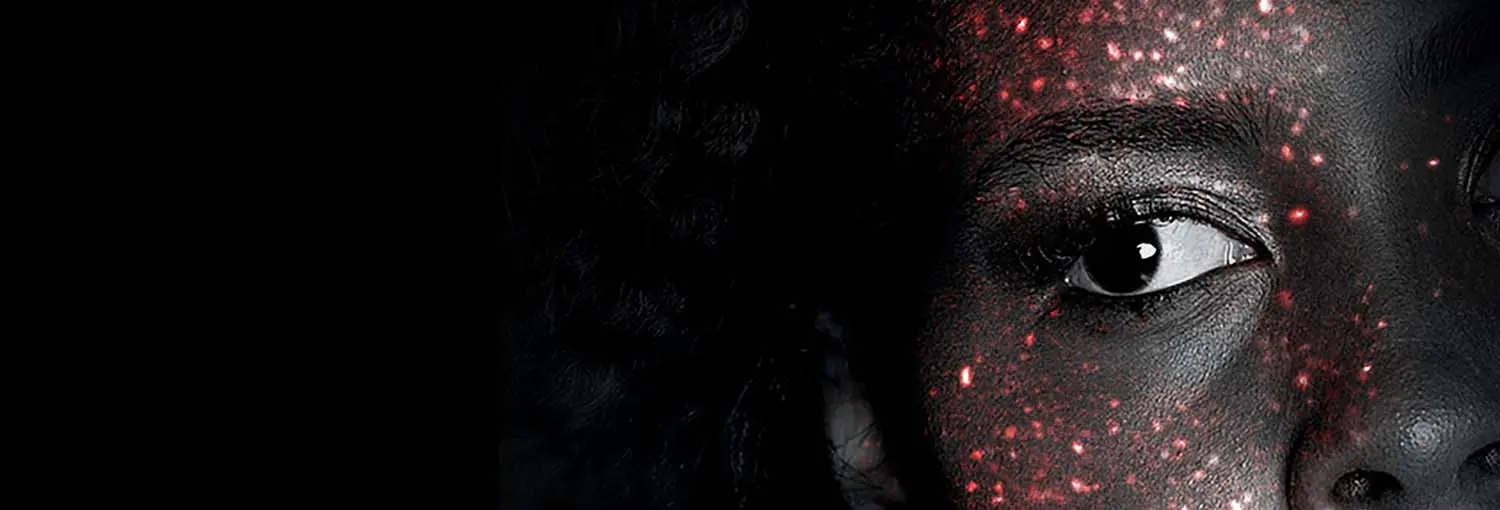
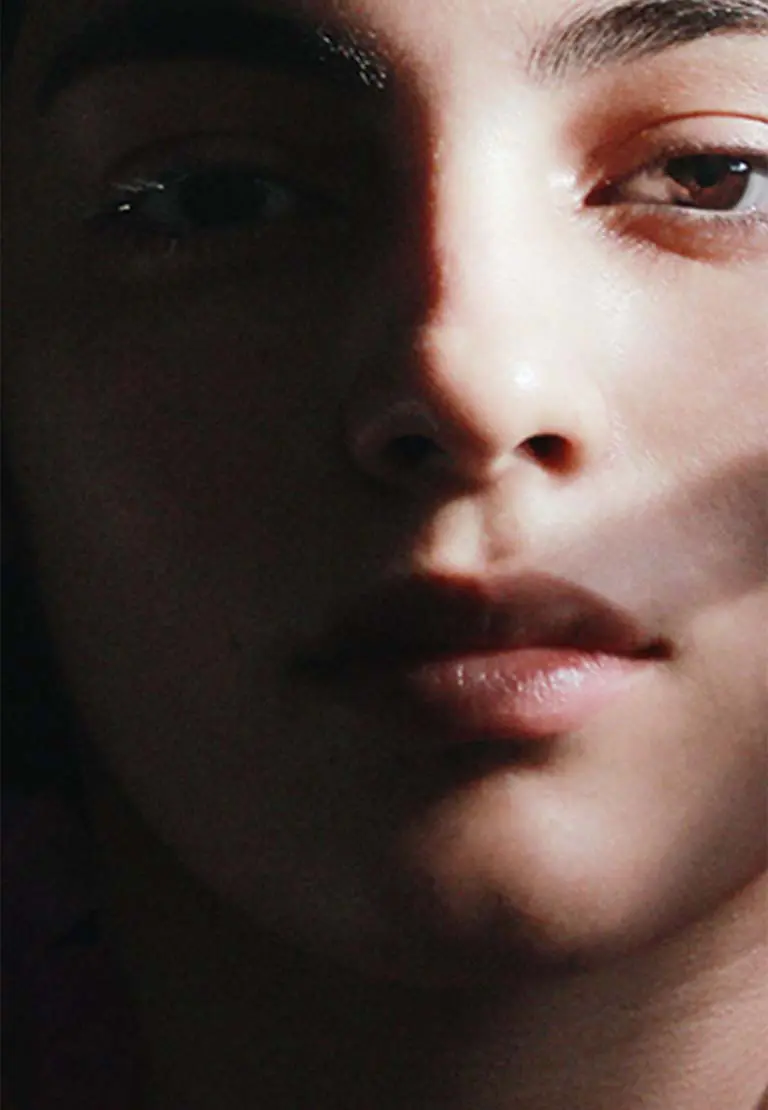
Treatment Options
Choosing the right vision correction clinic for your surgery is paramount. This is a life changing procedure after all, and you need to have complete trust in your surgeon and care team of professionals.
Our Technology
We invest in the latest equipment hand chosen by our surgeons, so that we can deliver outstanding results with the safest surgery possible.